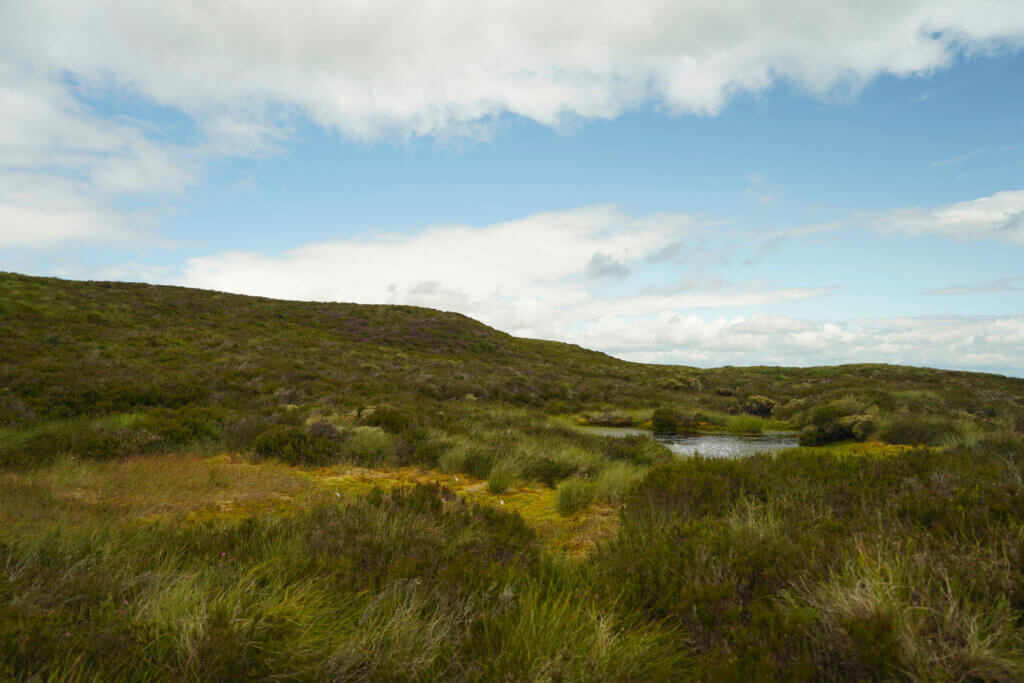Restoring nature-rich habitats helps offset UK carbon emissions

- The RSPB has identified how much carbon is being stored in areas important for wildlife
- Much of these areas is in poor condition and unprotected, however restoration could lead not only to reduced emissions but actually to higher levels of sequestration
- Restoring these areas to good condition could counterbalance nearly a third of the UKs agricultural emissions every year
Restoring the UK’s important habitats for nature could help lock away 14 million tonnes of CO2e per year, nearly a third our annual agricultural emissions, according to a new study led by RSPB scientists.
The UK has recently committed to ‘net zero’ greenhouse gas emissions by 2050 under the 2008 Climate Change Act. In order to reach this target, all sectors must commit to reducing greenhouse gas emissions, as well as removing gases from the atmosphere.
In a paper published today in the journal Biological Conservation, experts calculated the contribution made to achieving this net zero target by analysing how much carbon was already stored in areas important for conservation, and how much more could be sequestered each year if some of those areas were restored.
Dr Rob Field, lead author of the paper said: “Currently our nature-rich lands are already doing an excellent job; they hold a massive store of around 0.5 Gigatonnes of carbon, around 30% of our land-based store on just 20% of its area, as well as capturing an additional 8.7 million tonnes CO2e every year.
However, this store and processes are at risk because many of these important habitats are in poor condition, and two thirds lack any form of protection.”
The scientists focused on two priority habitats – peatland and heath – to give a conservative figure of what could be achieved if they were restored to a good condition. Peatlands are one of the UK’s most valuable habitats as they play a vital role in supporting unique plants and rare wildlife. However, much is currently degraded by drainage, erosion and inappropriate management, meaning that they are releasing carbon at an alarming rate – losing around 3 million tonnes CO2e a year.
Restoring both important habitats to a good condition will not only be beneficial for nature but will also increase priority habitat sequestration to around 14.6 million tonnes CO2e a year, equivalent to nearly 32% of the annual emissions from agriculture (45.6 million tonnes CO2e per year).
Dr Field continued: “This is likely to be a conservative estimate, and if we were to consider the other nature -rich habitats, the figure is likely to be higher. This study shows the importance of looking after our natural places for nature and society, especially as we consider where funding should be allocated to achieve a low carbon future.”.

ENDS
[registration_form]
Let me guess what most of that inappropriate management is—-Driven Grouse Shooting.
It is extraodinary that nature conservation continues to ignore roughly half a million hectares of unmanaged woodland in England – almost all native, much of it ancient. The Government’s woodfuel policy is already generating renewable energy equivalent to half the output from Hinckley Point and bringing half our unmanagedwoodland into sensitive management could save another quarter, yet judging by the recent RSPB report on future forestry, RSPB haven’t even heard of the policy and the Renewable Heat Incentive, instead discussing the import of biomass from the US to fuel ex-coal power stations. In the early2000s there was an excellent collaborative project to establish why woodland birds were declining – the cessation of traditional management came out the clear leader, yet little has happened since – when did you last see a reference to unmanaged woodland in a conservation publication ? We have 500,000 hectares of potentially nature friendly habitat just sitting there and noone seems bothered.